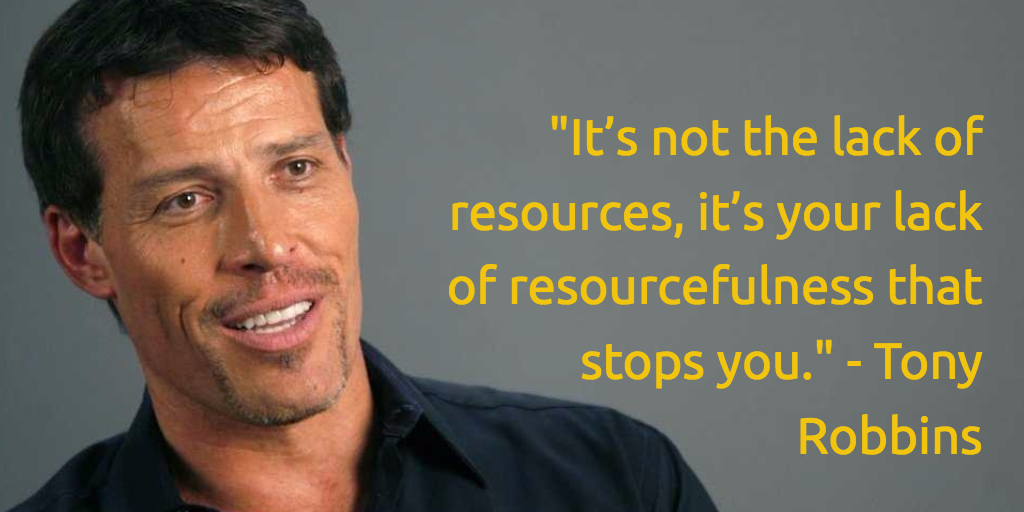 Customer Success Management is about ensuring customers achieve their ever-evolving Desired Outcome.
Customer Success Management is about ensuring customers achieve their ever-evolving Desired Outcome.
Regardless of the model – two-sided market, partner model, direct-to-customer, etc. – every entity in the value chain has a Desired Outcome.
It’s up to you to discover what that is and facilitate the achievement of that (ever-evolving) Desired Outcome, and it all starts with getting clear on Success Potential for each link in the value chain.
Let’s explore this idea further…
For context, on Friday, May 5, 2017, I did a Customer Success Ask Me Anything (AMA) on Facebook live. It was awesome. The video (audio only… sorry) is embedded below and below that is the transcript (edited for better readability) that answers the question.
Customer Success in Two-sided Markets
From Ahmed, “How should we work around the problem of products which need two customer types to succeed? A product is used by one party, but if the other party is not using the same product, then it is not a successful product. It’s a SaaS product by the way.”
From Ahmed, the question was in two-sided product, you have essentially a network effect that’s required.
You only have one side using it. I’ve definitely worked in situations where … Whether it was a product that was sitting between one company and another or whether it was a product that was sitting between a manager and their team or whatever.
There are lots of different situations. It’s up to you to figure out how to make that work. I know you’re asking me how to do that, so you’re already going in the right direction there, but a lot of times, we want to just leave it up to one party or the other to make it happen, to get the one that signed up for our product who … Maybe they already know they can trust us. They should be able to get the other people to use it.
That’s not going to work.
We have to enable them to be able to do that. We have to give them the tools necessary.
We have to … Remember this. When one person, in a B2B scenario certainly, signs up for your product and it’s time for them to bring in other people … Again, whether it’s intra- or inter-company collaboration, they are investing not just the money that they’re going to pay you for this product, but they’re investing something else, something potentially more important and valuable. That is their political and social capital inside the company and certainly within their greater network.
If you don’t get them to a point where they can really trust you, then that’s a nonstarter.
We have to really build their trust. We have to get them to, again, to know, like and trust us so that they will be comfortable bringing in other people from their network.
In a free trial situation, I like to have them invite people to help them test. Literally put that in the micro copy there. That lowers the barrier. They’re no longer thinking, “I don’t want to invite somebody to this product because I don’t actually know that I can trust it yet.”
Instead, when you say invite … You could be very specific with the types of roles of the people that you’re inviting. “Invite these three people to help you test this.” That lowers the barrier.
Understanding the political and social capital that people are investing in your product is really important. From there, we have to know the types of people that they are bringing into the product, the roles, the types of companies they work for.
It’s not a valid excuse to be like, “I don’t know who they would be inviting so I don’t know what kind of resources to give them. I don’t know what kind of language to use or what copy to use when I’m sending the messages to get them to come in. I don’t know what to do in terms of training.” That’s not valid.
You have to go out and find out with your customers. Who are they trying to collaborate with? Give them the tools necessary to make that happen.
If you choose not to do that, then you choose to leave this whole thing up to hope and chance and that’s never going to get you where you need to go.
We have to be prescriptive.
We have to understand our customers.
We have to understand who they’re trying to collaborate with.
I’m going to go back to the other question. I think it was the question. There was a lot of stuff going on there, but one of the things that he mentioned about resources in a startup. One of the things that drives me insane is startups, especially those that have chosen not to raise money.
Using this, “We have a lack of resources,” as some sort of excuse, some sort of … I don’t know. Like, “It’s okay that we don’t do certain things.” No, that doesn’t work.
That’s not cool.
You chose not to raise money. You chose to start a company. You chose to start a commercial venture here.
Those things don’t fly.
Tony Robbins once said, “It’s not your lack of resources that’s hurting you. It’s your lack of resourcefulness.” I love that.
You may not like Tony Robbins.
You may not want to hear that kind of stuff, but the reality is that that’s a fantastic quote and it’s so true.
All the things that you do as a startup, there’s so many things that you do that are all about being resourceful. Yet, we get to Customer Success and we think, “Oh, I can’t do that because we don’t have any money.” It’s true.
Sometimes lack of funds can hurt us in certain ways, but get resourceful.
Let’s get clear on what a customer, what their Desired Outcome is.
Let’s get really clear on the kind of customer that we should be doing business with maybe the highest margin customers.
Let’s go after them.
A lot of times we do these things that are not deliberate and then we end up with a bunch of customers that are not ideal. Some of them are costing us a lot of money.
We could have actually … It happened because we didn’t have resources. We couldn’t be deliberate. We couldn’t do some of these things. We ended up in a bad place because we used a lack of resources as an excuse, so get deliberate.
Most of the things that I’ve mentioned today have very little to do with technology, have very little to do with a need for massive infrastructure or a lot of people.
A lot of this just has to do with getting deliberate, getting clear and defining processes. That’s one of the biggest problems is a lack of process, just doing everything in a ad hoc way.
Even if you’ve got processes, normalizing an experience across all customers when in fact, if you really understood your customers, you would realize that you have maybe a large portion of customers that don’t need the high touch that you’re giving them.
You assume they do maybe because they pay us a lot … At least a lot for us. We think, “I’ve got to give them a really high touch experience.”
Now you have a bunch of customers that you’re giving a high-touch experience to.
They’re low margin and now you’re going into the cycle of apathy where you don’t like your customers anymore because they’re costing you too much money.
The reality is you’re giving them an inappropriate experience and it’s actually an experience that’s costing you more money. If you really understood them, you may not have to give them that high touch experience.
We cite a lack of resources as an excuse for not doing the things necessary. Then we end up in a situation where we actually have a lack of resources and it’s a cycle.
Get deliberate.
The things I’m saying here, I’m not saying the stuff to hear myself talk.
I’m saying it to help you and I’m saying it because it’s true.
It’s not always the easiest thing to hear.
It’s not always the easiest thing to do, but this stuff works.
If you do it right, it’s amazing.
If you are a early stage startup, you have the ability to do it right from the beginning.
Don’t get to a situation where you’re just doing everything in a not deliberate way and you get one or two years down the road and you’re just suffering from all of this … You’re giving customers an inappropriate experience and you’ve normalized across all of them and you’re having a hard time scaling.
Just don’t do that. Start doing things right.
It’s not your lack of resources.
It’s your lack of resourcefulness that’s hurting you.



